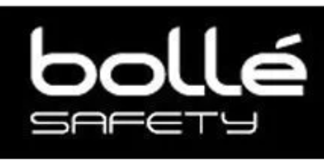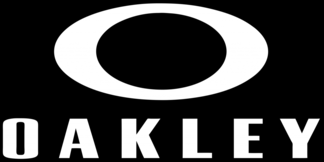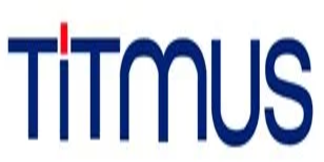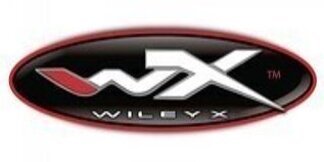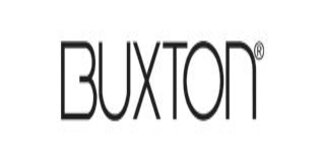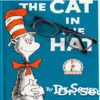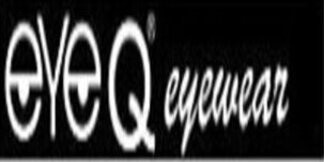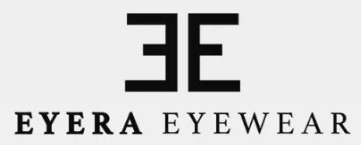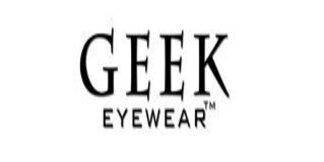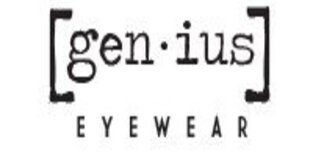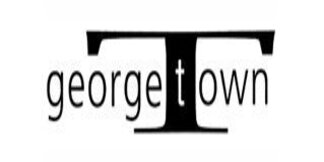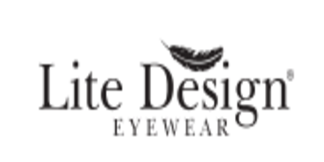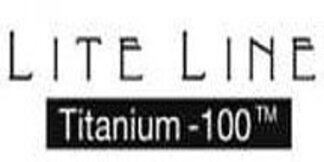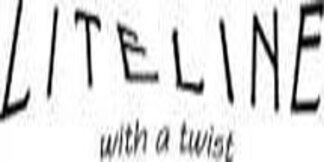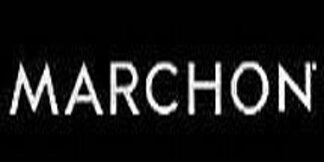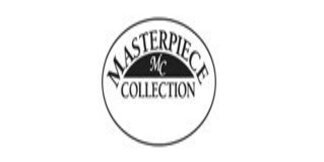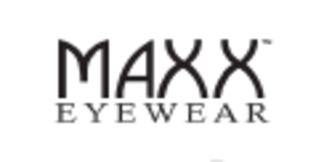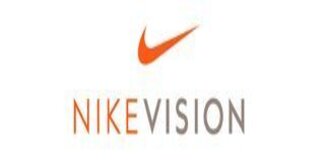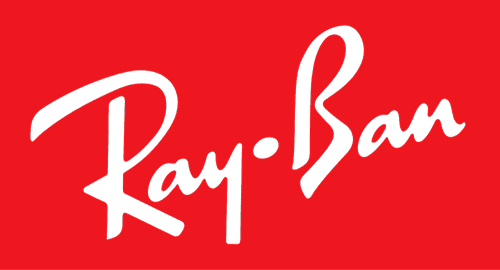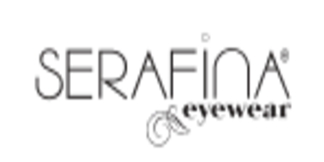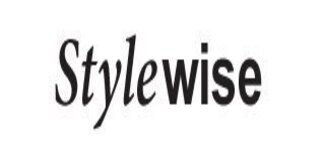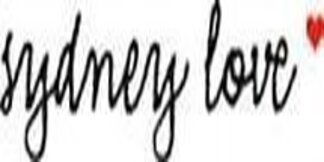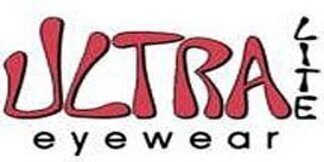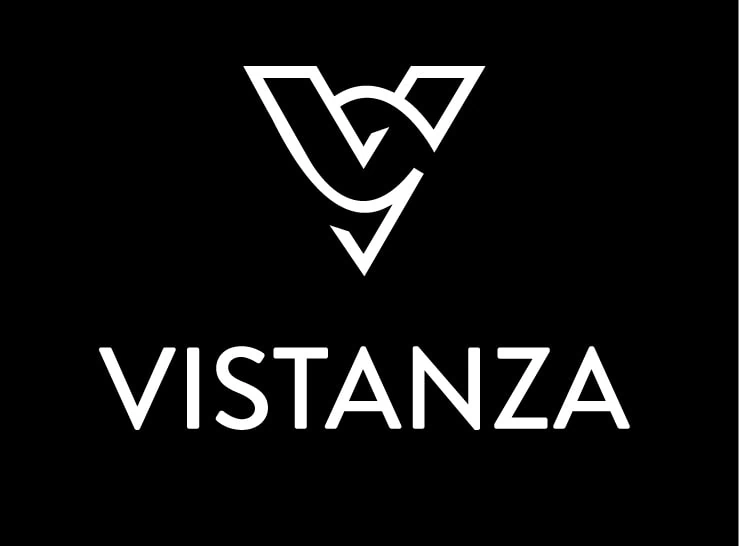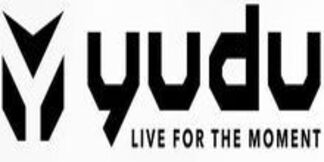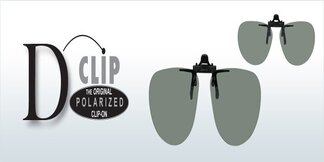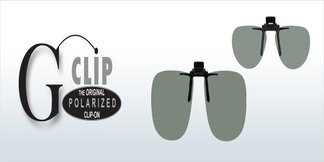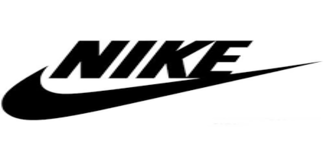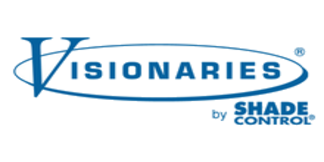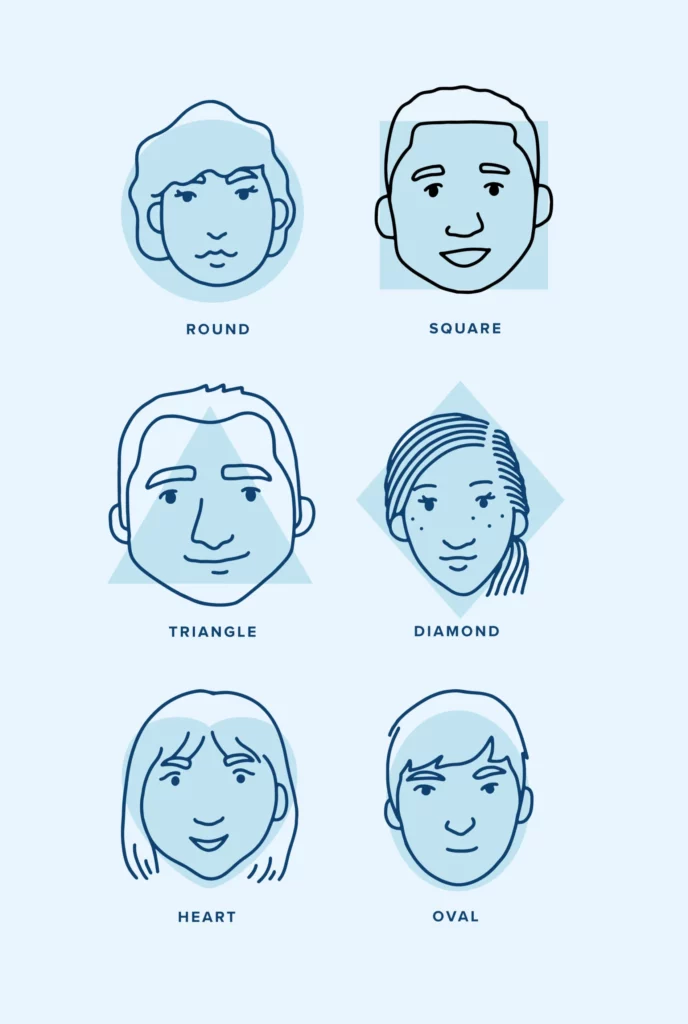
When picking out a pair of glasses, you’ll probably be weighing a long list of factors, from color to size to fit. As you narrow your search for the perfect frames, there’s one more aspect you might want to consider: your face shape.
Knowing which face shape you have can help you choose glasses that suit you. Certain frames can accentuate the features you most want to highlight, or work with the natural lines and angles of your face to create a well-balanced look.
Of course, face shape is only one (optional) part of the search for your new glasses, and it should never outweigh your personal style or comfort. Matching frames to your face shape is not a science, and it’s definitely not a law you have to follow. Rather, it can be a useful tiebreaker if you’re stuck between a few frames you like, or a fun element of the shopping process—“fun” being the most important word.
“But,” we can hear you asking your screen, “What face shape do I have?” Not to worry, we’ll help you figure it out.
What Is My Face Shape?
No two people have the exact same face shape (save for identical twins and clones). But when looking at rough, general outlines, we can group face shapes into six categories: round, oval, heart, square, triangle, and diamond.
Check the descriptions below to find out which of the different face shapes you have. Usually, the key thing to note is where your face is widest and where it’s narrowest.
One more caveat: don’t take these descriptions as the end all be all. Your face may not exactly match any of these shapes—you’re just looking for the closest match.
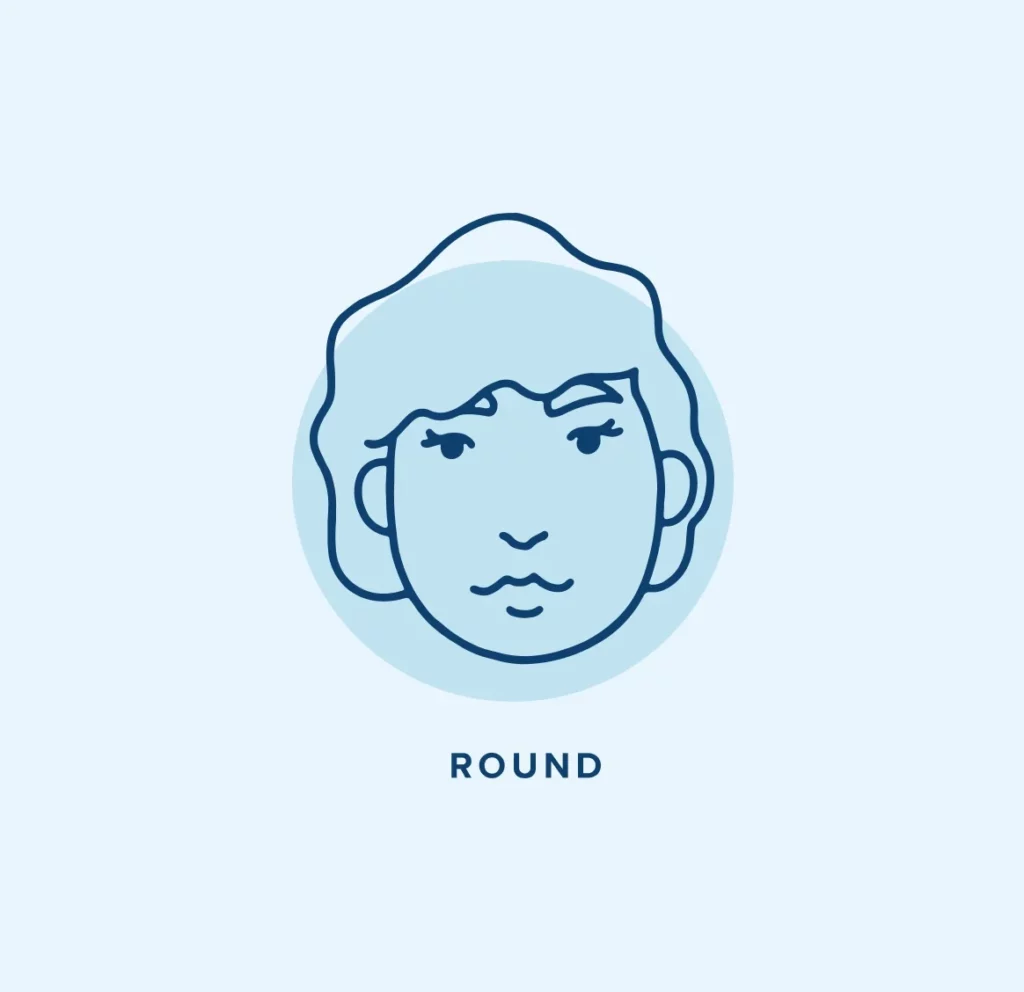
Round faces have curvy, smooth features and roughly equal proportions—the widest part of the forehead is about equal to the widest part of the jaw, and the face is about as long as it is wide. Basically, it maps nicely onto a circle!
Round-faced folks tend to have full cheeks and an overall softness to their features that makes them look cheerful.
Oval is the most common face shape out there. It’s typified by an ever-so-slight narrowing at the forehead and chin, with the widest part of the face falling across the cheekbones. Alternatively, the face may have an even width all the way down from brow to jaw.
The chin and forehead are rounded rather than sharp, and the face is roughly twice as long as it is wide. The resulting effect is one of even proportions.
If you think you have an oval face, but your chin, jaw, and/or forehead are a bit more square or angular, then some people would call your face shape “rectangular” or “oblong.” The general guidelines for oval faces would still apply to you!
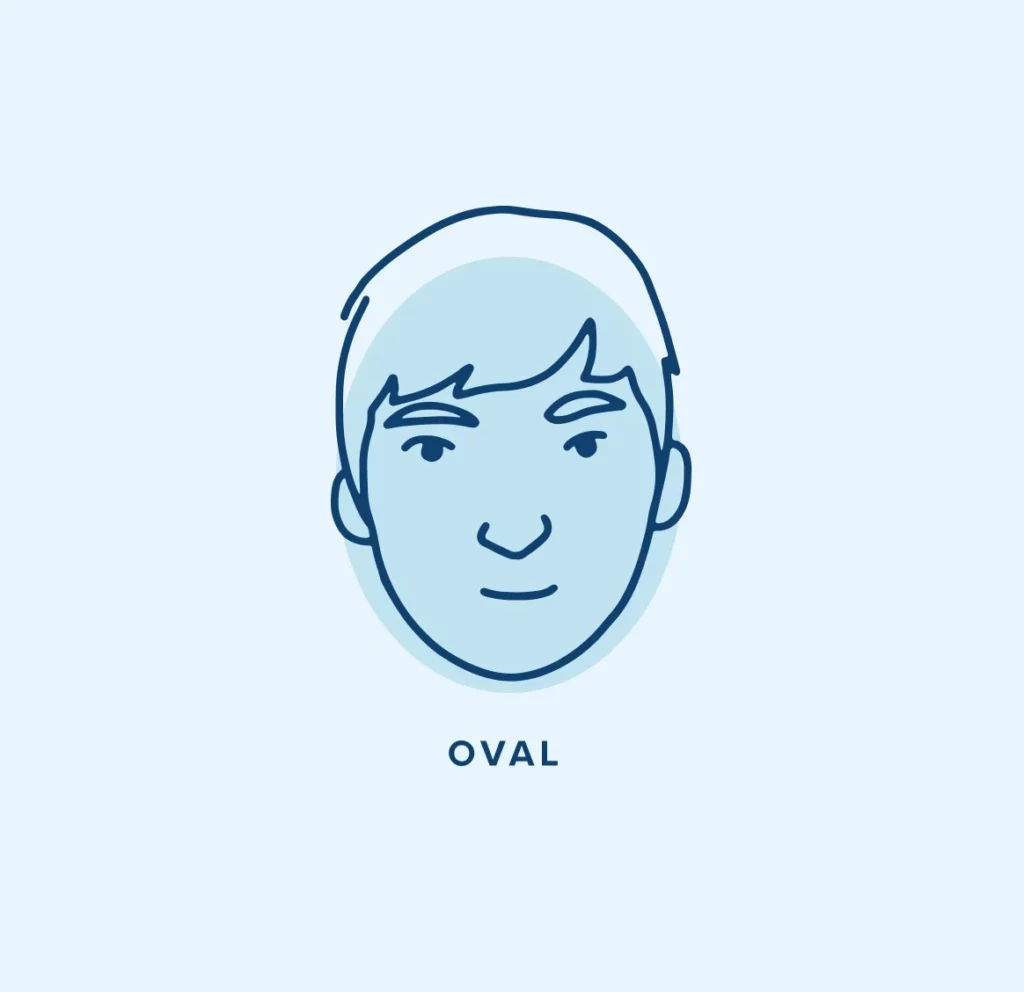
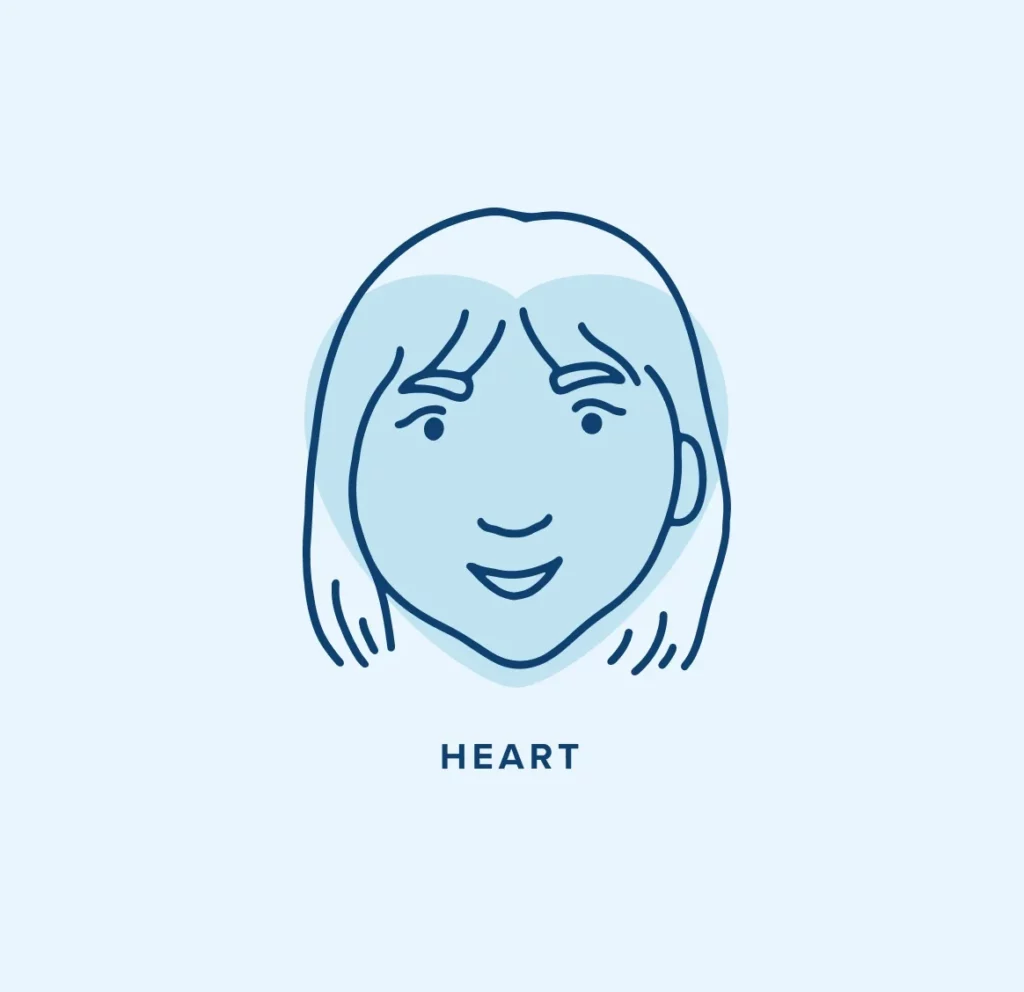
A heart-shaped face (sometimes called a base-up triangle face shape) is widest at the forehead, and becomes progressively narrower moving down its length, all the way to a tapered jaw and chin. Heart face shapes often have high cheekbones.
A square face shape is defined by straight, angular lines. The cheekbones should be about as far apart as the jaw and forehead are wide, and the chin often has defined corners as well, rather than a softly rounded curve.
People often use the word “strong” to describe square faces—their features are clearly and crisply delineated.
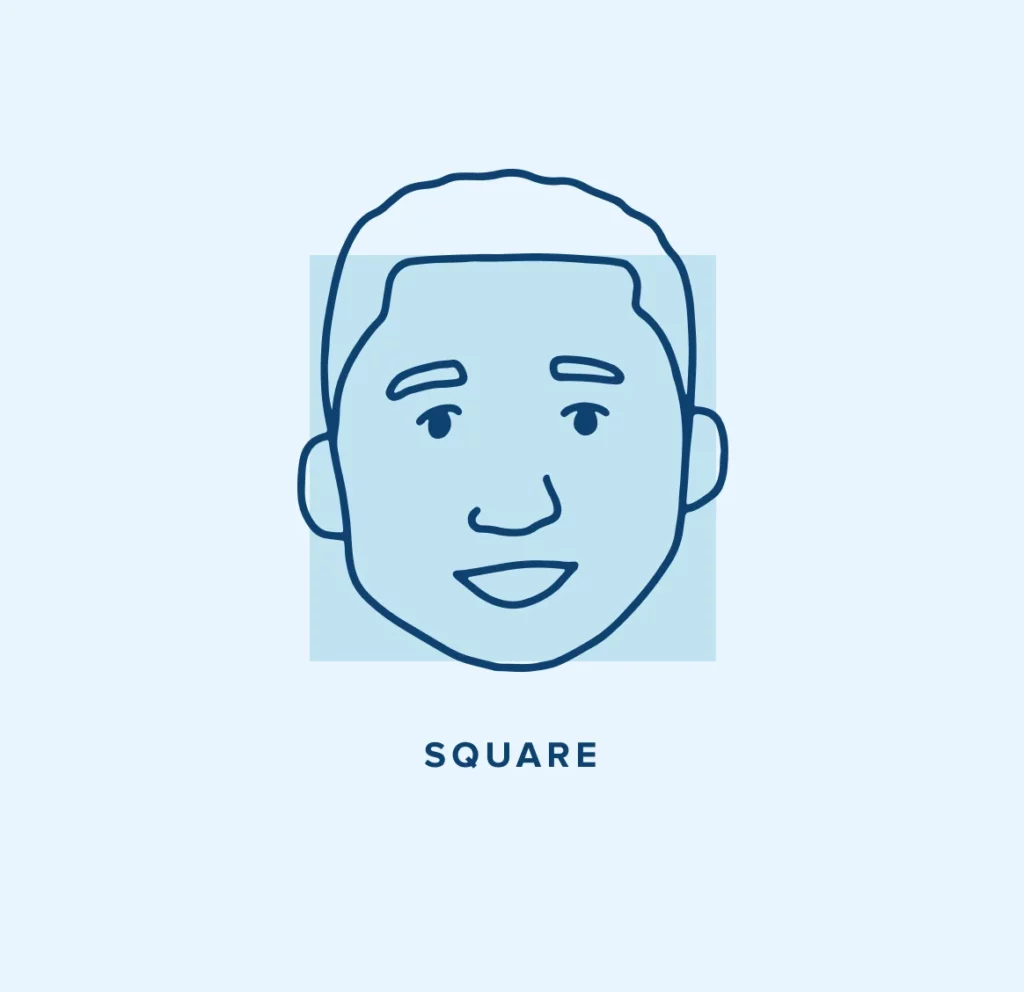
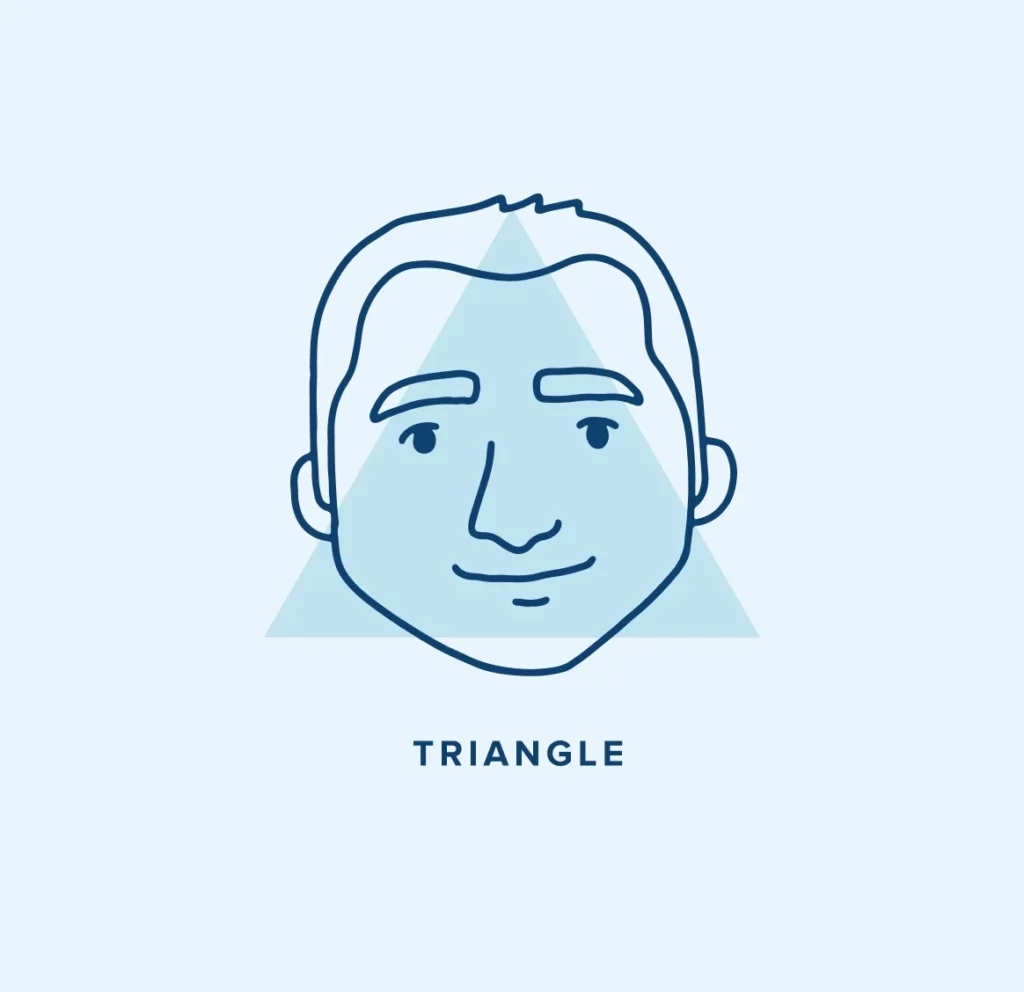
A triangle face shape, also known as a base-down triangle face shape, has a broad jawline and a narrower forehead. The face becomes slightly slimmer as you move upwards from the jaw, and the cheekbones are likely to be less pronounced than in other face shapes.
Triangle face shapes are relatively rare and memorable for their compelling jaws and chins.
Another rare face shape, diamond faces are at their widest across the cheeks and less wide across the forehead and jaw. Like heart-shaped faces, they often have high cheekbones that lend them an element of glamour. Their chins tend to be small.
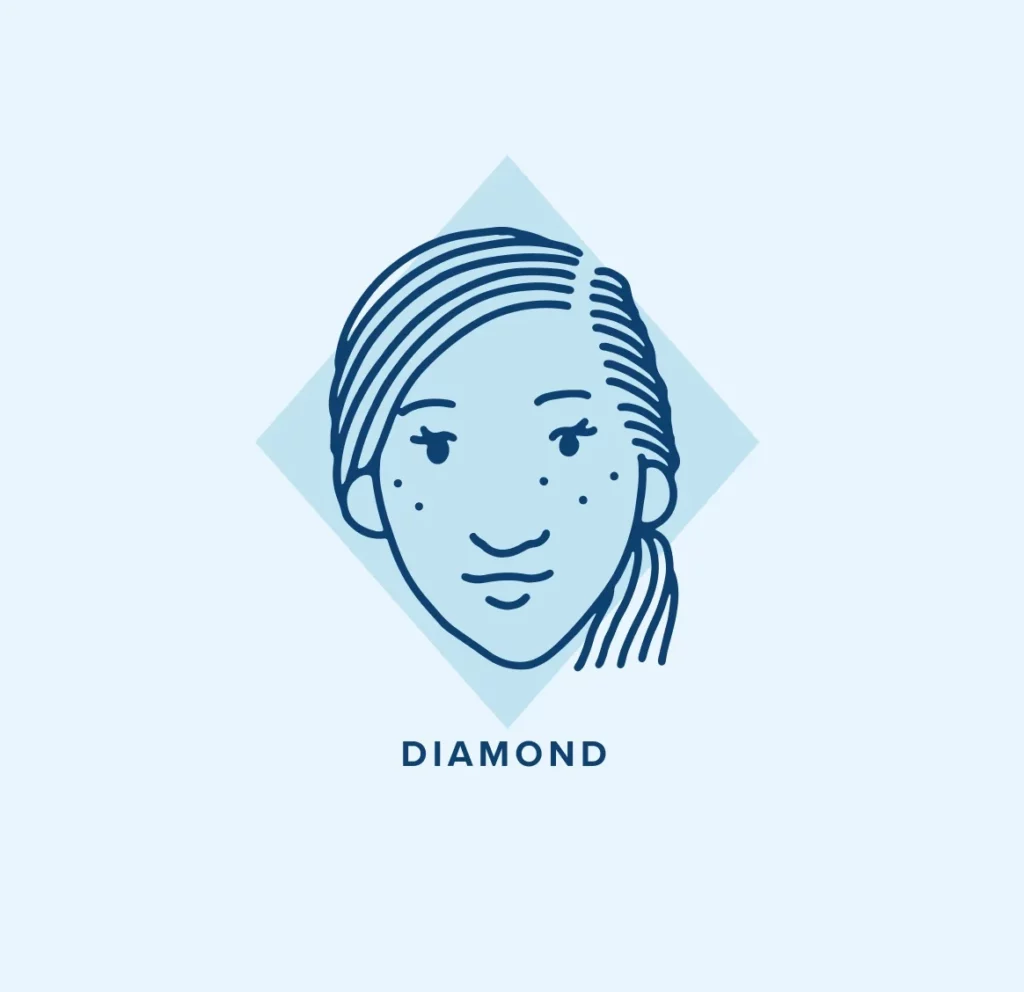
Face Shape Chart
Our face shape chart should make the subtle differences between these shapes more noticeable. Can you find your face shape below?
The Best Glasses for Each Face Shape
Now that you’ve learned about the most common face shapes, you’re probably curious about how glasses come into play. The good news: finding stylish glasses frames for your face shape is an art that anyone can learn.
And remember, it’s also optional! There are no rules here, and you’ll always want to take your personal style and the fit of the frames into account. (Whatever makes you feel most confident, that’s what you want to go for.)
Glasses for Round Face Shapes
If you think you have a round face, you’re in a great position to play up bold frame elements like thick, straight lines and sharp corners. Fabulous glasses for round faces often have wide, rectangular frames that add eye-catching angularity, or frames with thick browlines that complement round cheeks.
We recommend: Rectangle glasses, square glasses, geometric glasses, cat-eye glasses, browline glasses, full-rimmed glasses
Glasses for Oval Face Shapes
If you’re someone with an oval face, lots of frames will flatter you. Our biggest tip is to go for wide rather than narrow ones, as wide frames will balance out the length of your face.
Otherwise, the glasses world is your oyster. You can opt for curvier frames if your chin and jawline are more sharp, or angular frames if you’d like to play off the rounded parts of your face. Worried that your cheekbones are fading into the background? Glasses with pronounced or upswept corners are your friend.
We recommend: Almost any type of frame! Just try to go as wide as your face’s widest zone (usually across the eyes or cheeks).
Glasses for Heart Face Shapes
Heart-shaped faces are wider on top than they are on the bottom, so go for frames that are a bit wider than your forehead, creating a balanced portrait. (This approach not only evens out a broad forehead, it can help to strengthen your chin.)
Rounded frames can also offset the “pointiness” of a heart-shaped face’s lower half, so even if the upper corners of your glasses are sharp, aim for curved bottoms.
In general, though, heart-shaped faces are very easy to match with many types of glasses, and the choice depends on what features you’d most like to emphasize. Some people with heart-shaped faces go for semi-rimless frames so that the glasses don’t steal the spotlight too much!
We recommend: Oval glasses, round glasses, aviator glasses, semi-rimless glasses
Glasses for Square Face Shapes
Glasses with curves are best at balancing the clean, straight lines of a square face. They’ll soften your features without competing with them, especially if the frames are stylishly thin or semi-rimless.
Choose frames that are wider than the middle of your face and that sit fairly elevated on your nose—that way, they’ll complement your strong jawline from above.
We recommend: Round glasses, oval glasses, wire glasses, semi-rimless glasses
Glasses for Triangle Face Shapes
A triangle face shape benefits from frames that emphasize the top more than the bottom, thereby creating harmony with the face’s broad jawline. Wide frames can help add dimension to the narrow upper portion of the face.
Don’t be afraid of playful details on the brows of your glasses, whether they’re cat-eye swoops or decorated hinges.
We recommend: Rectangle glasses, browline glasses, cat-eye glasses
Glasses for Diamond Face Shapes
Like triangle faces, diamond face shapes look stunning in glasses that combine lighter bottoms with slightly thicker browlines. Rounded frames can also play well with a diamond face’s angles. Because diamond faces narrow at both the top and bottom, the frames should maintain a bit more evenness throughout their shape—no need for super-dramatic details.
Browse horn rim and browline glasses with this balancing act in mind, and see which frames speak to you.
We recommend: Browline glasses, cat-eye glasses, round glasses, oval glasses, semi-rimless glasses
Face Shape is a Guide, Not a Rule
When looking at glasses for your face shape, feel free to think outside these recommendations—or reject them entirely. After all, face shape is far less important than fit and personal style.
Glasses Styles and Shapes: The Frame Names You Need to Know
Glasses come in a variety of shapes, and the most popular ones have earned distinctive names and histories. You’ve probably heard of some of the classics: aviators, cat-eye glasses, John Lennon-esque round ones, and more.
But how do you know if you’ve got cat-eye or browline frames? Are all square glasses also rectangle glasses by default? And what are geometric glasses?
The signature aesthetic of certain glasses styles can be subtle. To help you tell the different eyeglass shapes apart, we’ve composed a guide to the frame names you should know.
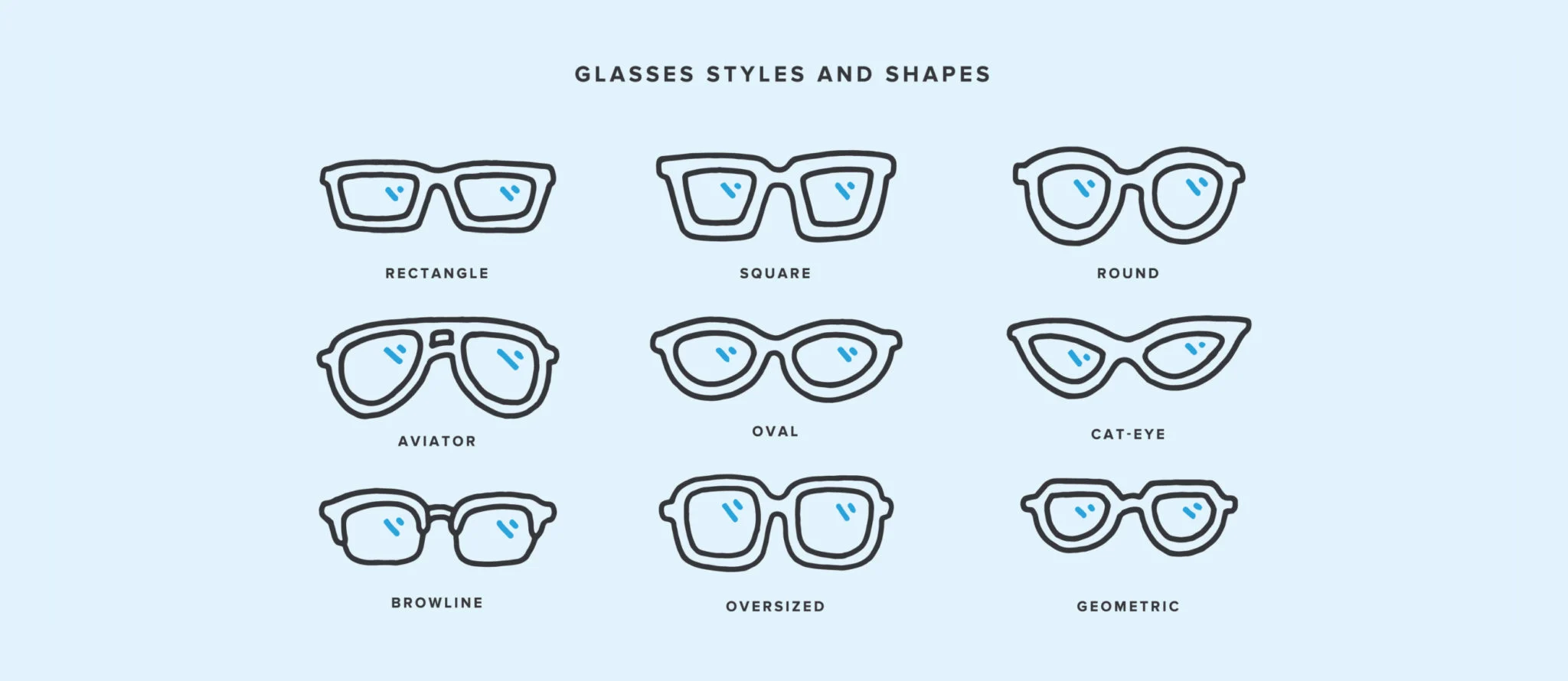
Rectangle Glasses
Rectangle glasses are a staple of the frame world for a reason: they’re almost universally flattering. Their lenses are wider than they are tall, with even, straight borders and rounded corners. They’re a simple, sophisticated, and reliable shape, but you can give them as much pizzazz as you like with bold colors.
Square Glasses
More angular than their rectangular cousins (say that five times fast), square glasses have lenses with approximately equal height and width. Their boxy shape can add some edge to soft, rounded facial features. This shape is bold with old-school appeal.
Round Glasses
For such a simple shape, the circle takes a certain amount of confidence to pull off. Round wire glasses have an authoritative, charmingly vintage vibe, whereas thicker acetate frames carry a more fashion-forward spirit. This is a style that’s instantly memorable, but also one whose singularity should be respected—try these glasses on at home if you’re not quite sure how they’ll look on you.
Cat-eye Glasses
The epitome of understated glam, cat-eye glasses have upper corners (the ones nearest your temples) with an upswept shape, almost as though they’re implying thick eyelashes. Their distinctive, curvy browline has led them to be characterized as a feminine glasses style, but rest assured, anyone can wear cat-eyes to great effect.
Aviator Glasses
Aviator glasses are also known as pilot glasses. In their earliest incarnation, they were tinted sunglasses worn by military pilots. However, their broad lenses and bar-over-the-nose-bridge design eventually took off (pardon the pun) amidst the general public. Now they’re available as a style of regular prescription glasses as well as sunglasses.
Oval Glasses
A bit more wide than circular frames, and more rounded than rectangular ones, oval glasses have a smooth, chic look that can play well with sharper or more angular features. Their frames can be thick or wire-thin, making them an attractively flexible option for wearers.
Browline Glasses
Browline glasses, faithful to their title, have frames that outline the brows and leave the bottoms of the lenses largely rimless or with thinner outlines. They’re associated with an academic, stoic kind of style, and were hugely popular in the 1950s.
Geometric Glasses
Geometric glasses embrace the shapes that others don’t—hexagons, octagons, rounded bottoms with angled tops, and a host of others. If the lens borders have more than four distinct sides, or a shape that just isn’t easily categorizable, then they’re probably geometric frames. This glasses style is for anyone who truly wants to stand out in a crowd.
Oversized Glasses
Oversized glasses aren’t limited to a single frame shape. As their name implies, their distinguishing feature is that they’re quite large, and therefore they aren’t as ubiquitous in stores. They’re not always novelty items, though—their big lenses provide a broad field of vision, and their size makes them striking accessories for the fashion-forward set.
View our Full Collection of Designer Prescription Eyeglasses brands and our Prescription Safety glasses brands


